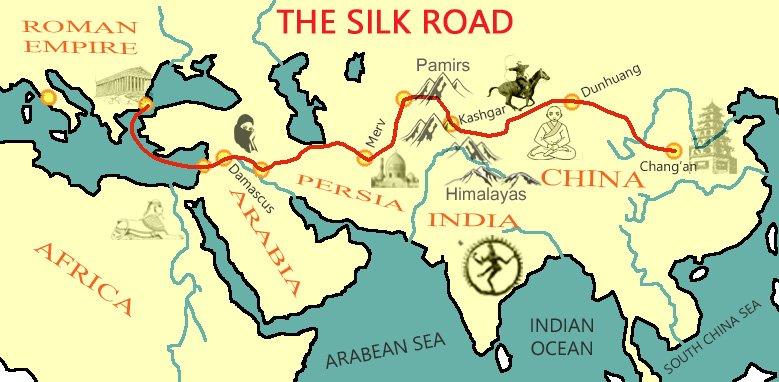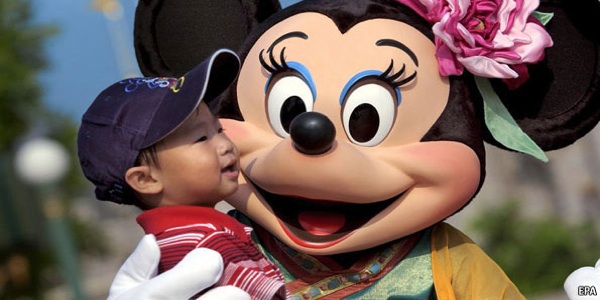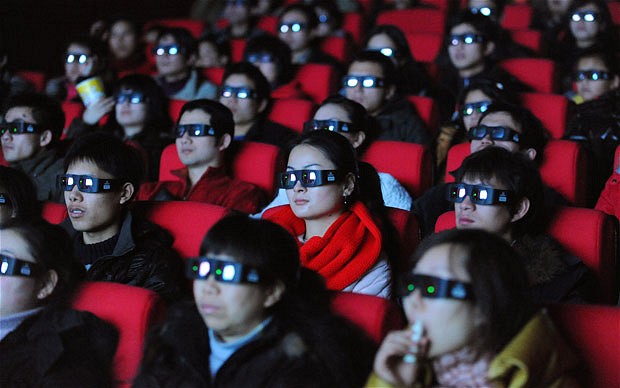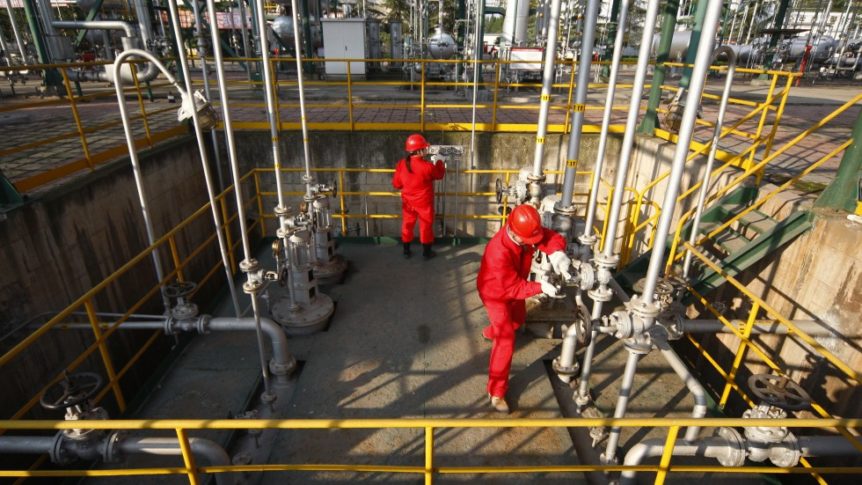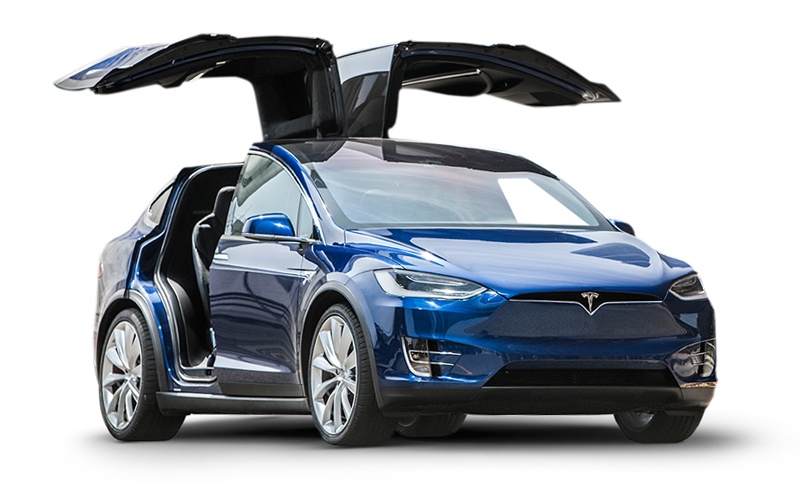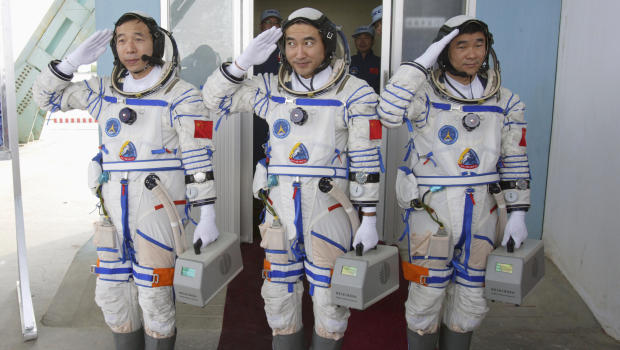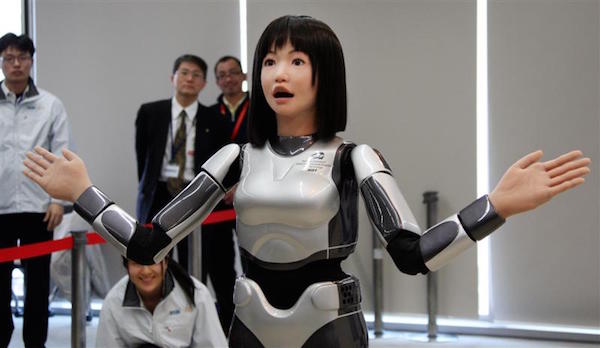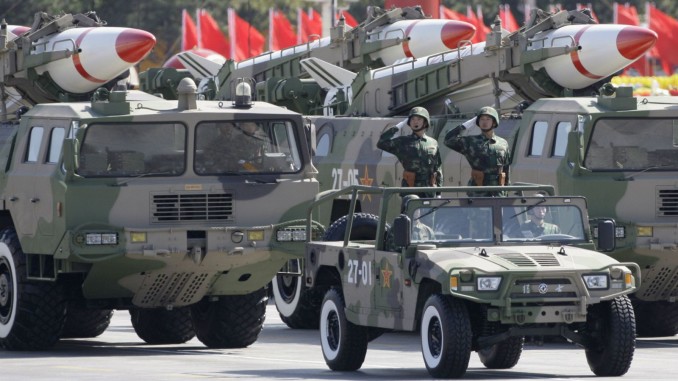By Ryan Faith
The Chinese government has been making bold announcements about the future of its space program — space stations, Mars rovers, Moon landings, the whole shebang. And in addition to being of note space-wise, the country’s plans have some pretty interesting political implications.
This part of the Chinese space program — the non-military part — has operated on two main lines of effort: a robotic precursor line to explore places and establish basic technological competencies, and a human spaceflight line that is always trying to catch up with the robotic line.
The Chinese plan to launch the fourth lunar mission in their Chang’e series of lunar missions in 2018. Chang’e 1 and Chang’e 2 were both orbiters. The third and fourth in the series were intended to be landers. The upcoming fifth mission (expected to land in 2017) will land on the lunar surface and then return soil samples to Earth. And yes, 5 is due to be launched before 4. But there’s a reason why.
Chang’e 3, launched in 2013, was China’s first moon landing and its first robotic lunar rover. Data from the lander led to the discovery of Ilmenite, a commercially important titanium ore, on the Moon. In other words, the mission was a big success.
So big, in fact, that they didn’t know what to do with Chang’e 4, since the Chinese hit enough of their mission objectives that they felt they could proceed directly to missions in which would return lunar samples to Earth. Announcements this year have revealed that the Chinese are going to attempt a first-ever landing of a robotic probe on the far side of the Moon in 2018 — that’s Chang’e 4’s modified objective.
China has also announced its intention to land its first entirely Chinese-supported mission to Mars in 2020. The goals for this mission are pretty ambitious, as this will be China’s first Mars orbiter, lander, and rover all in one. There have been informal statements floating around for a few years regarding the possibility of a Mars sample return mission in the 2030 timeframe, though these press statements don’t appear to be official Chinese policy.
Mars has a real habit of killing off spacecraft — it’s referred to occasionally as the “spacecraft graveyard” due to the number of missions to Mars that have failed. Managing an orbiter, lander, and rover in one fell swoop is a pretty ambitious goal, so it’s no surprise that the Chinese aren’t making big promises about returning Mars samples quite yet.
Related: How Life on Earth Could Destroy Life on Mars
Meanwhile, on the human spaceflight side, the Chinese have announced plans for their own multi-module space station. They’ve already launched a couple of individual Tiangong modules over the last several years, where Chinese spacecraft have docked and hung out for a few days. But the International Space Station (ISS), for instance, is a much bigger affair, built of many large modules connected after being launched independently. This is now what the Chinese wish to do.
Current plans are to start launching in 2018 with an eye to complete the station by 2022. Information is still a bit thin on the particulars of the station, but it’ll likely be something along the lines of the former Russian Mir station, significantly smaller than the ISS. The timing here is interesting, because the countries behind the ISS have set a tentative date of 2024 for retirement of the station; it’ll be interesting to see who wants to get some space on the Chinese station when it’s up and running.
Even bigger news on the human spaceflight side is the announcement of a tentative 2036 date for a Chinese astronaut to land on the moon. This is broadly in keeping with years of speculation in the space community, but the significance is that the government is publicly laying claim to the number.
It may seem a wee bit strange that the Chinese are making all of these announcements at almost the same time, but not all together at once. In the US, these kind of ambitious goals and milestones would usually be rolled out in a big speech by the NASA administrator or even the US president. In China’s case, they’ve come out in a number of venues. The proximate occasion for these discussions has been China’s first Aerospace Day, marked on April 24th in honor of China’s first satellite launch in 1970.
China’s space program (along with its Japanese and Indian counterparts) tends to be a lot more connected to the national levers of power than programs in America and elsewhere in the West. There are a bunch of reasons for China’s setup, but the end result is often better coordination with industrial policy, foreign policy, and the broad exercise of national power. Western governments (particularly in the last four or five decades) have tended to treat space programs as both science agencies and space agencies dedicated to solving problems on Earth.
Thus, it’s safe to assume that the announcement of the first Aerospace Day and the official declaration of all these very high-level space goals is almost certainly a political decision. Although this is the third of XI Jinpeng’s presumed 10-year term, 2016 marks the start of the 13th Five Year Plan, the first such plan unveiled while he has been in office.
Related: A Mars Mission That Saves the Human Race? Eh, Not Worth It
China’s Five Year plans are basically a series of planning documents (and immense planning processes) that more or less direct the strategy of the whole of government. The 13th Five Year Plan kicked off in 2016 and runs to 2020.
It’s safe to guess that the announcement of the first Aerospace Day and public discussion of all these space programs is linked to that 13th Five Year Plan. The latest plan seems to revolve around recognizing that China can’t compete indefinitely on the strength of low labor costs alone, and so must move its economy further up the value chain, much like Japan did 50 years ago. Thus, the Chinese are big on innovation, encouraging the growth of high-tech industries and boosting the reputation of Chinese products abroad. In short, they want to get their scientific knowledge production apparatus in bed with their industrial and economic apparatus in the hopes that they’ll make sweet, sweet innovation together.
In Chinese thinking, the importance of the US Moon landing and Apollo program wasn’t just landing people on the Moon, it was also the huge boost it gave to science and technology growth in the US. A widely held view in China is that the Apollo program fueled US advances in the internet decades later. Partly thanks to direct technological development, and partly thanks to the way the program inspired a generation of kids to pursue science, technology, engineering, and math.
So senior Chinese leadership would appear to believe that a healthy space program can spur all kinds of innovation, technology development, and educational dividends for China in future decades.
More…
About the Author

